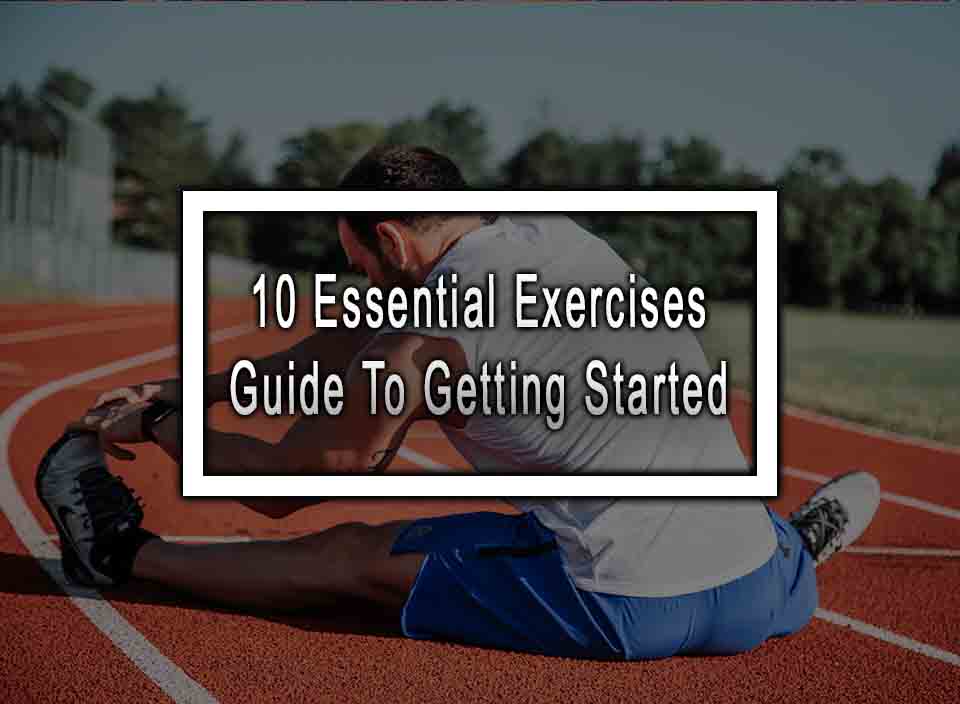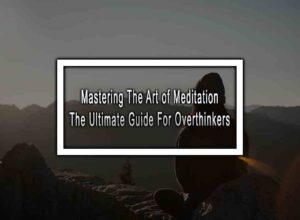Table of Contents
ToggleHere Are Some Guide To Getting Started On Exercises
Do you feel motivated to kickstart a healthier lifestyle but unsure where to begin? We’ve got you covered! In this comprehensive guide, we’ll provide you with 10 essential tips to help you get started on your exercise journey. Whether you’re a beginner or returning after a break, this listicle will give you the confidence and knowledge you need to embark on a successful fitness routine.
1. Set Clear Goals and Define Your Why
Before jumping into any exercise routine, take the time to identify your goals. Whether it’s losing weight, building strength, or improving overall fitness, setting clear objectives will keep you focused and motivated. Additionally, understanding your “why” will serve as a powerful source of inspiration during challenging times.
2. Start Slow and Gradually Increase the Intensity
To avoid injury and burnout, it’s vital to ease into exercise gradually. Begin with low-impact activities like walking or swimming, gradually increasing the duration and intensity as your fitness improves. This approach will help your body adjust and prevent discouragement.
3. Choose Activities You Enjoy
Exercise doesn’t have to be boring! Explore various activities such as dancing, cycling, or kickboxing to find what brings you joy. When you genuinely enjoy the exercise, it will feel less like a chore, ensuring consistency in your routine.
4. Find an Accountability Partner
Teaming up with a friend or family member who shares your fitness aspirations can make a significant difference. An accountability partner will provide support, motivation, and healthy competition, making your exercise journey more enjoyable and rewarding.
5. Schedule Your Workouts
Treat your exercise sessions like important appointments. Find a convenient time in your daily routine to allocate for workouts. By scheduling exercise in advance, you’ll prioritize it and make it a non-negotiable part of your day.
6. Warm Up and Cool Down Properly
Always start your workouts with a dynamic warm-up to prepare your body for physical activity. Likewise, ending sessions with a proper cool-down routine will aid in muscle recovery and prevent post-workout stiffness.
7. Listen to Your Body
It’s crucial to pay attention to your body’s signals during exercise. Push yourself, but not to the point of pain or exhaustion. Respect your limits and gradually challenge yourself as your fitness level improves.
8. Incorporate Strength Training
Don’t forget about strength training! Incorporating resistance exercises into your routine will help build muscle, improve bone density, and boost metabolism. Consider including bodyweight exercises or using weights for a well-rounded fitness regimen.
9. Stay Hydrated and Fuel Your Body
Proper hydration is key for optimal performance and recovery. Ensure you drink enough water throughout the day and have a bottle nearby during exercise. Additionally, nourish your body with a balanced diet that includes a good mix of macronutrients and essential vitamins.
10. Track Your Progress and Celebrate Milestones
Keep track of your workouts, measurements, and achievements. By monitoring your progress, you’ll have tangible evidence of how far you’ve come. Remember to celebrate each milestone, applaud your dedication, and adjust your goals accordingly.
Conclusion
Embarking on a fitness journey can be both exciting and challenging, but armed with these 10 essential tips, you’re now equipped to start exercising confidently. Remember, consistency, patience, and self-care are key to long-term success. So put on your workout gear, hit the ground running, and enjoy the journey to a healthier, happier, and fitter you!
Exercises Guide To Getting Started FAQ
Here are the most common questions about exercises guide to getting started.
1. How often should I exercise?
It is recommended to aim for at least 150 minutes of moderate-intensity aerobic exercise or 75 minutes of vigorous-intensity aerobic exercise every week. This can be further improved by adding strength training exercises twice a week.
2. What are some examples of moderate-intensity aerobic exercise?
Examples of moderate-intensity aerobic exercises include brisk walking, cycling at a moderate pace, swimming, dancing, and water aerobics.
3. How long should a workout session be?
A workout session can range from 30 minutes to an hour, depending on your fitness goals and available time. It’s important to prioritize consistency over duration, so even shorter workouts done on a regular basis can yield great results.
4. Should I warm up before exercising?
Yes, warming up is essential to prepare your body for exercise and reduce the risk of injury. A warm-up can involve light cardiovascular activity like brisk walking or jogging, followed by dynamic stretches to loosen up muscles and joints.
5. How can I stay motivated to exercise regularly?
Finding an exercise routine you enjoy and setting specific, achievable goals can help with motivation. It’s also helpful to have a workout buddy or join a group fitness class for accountability and support. Additionally, tracking your progress and celebrating milestones along the way can provide extra motivation.












